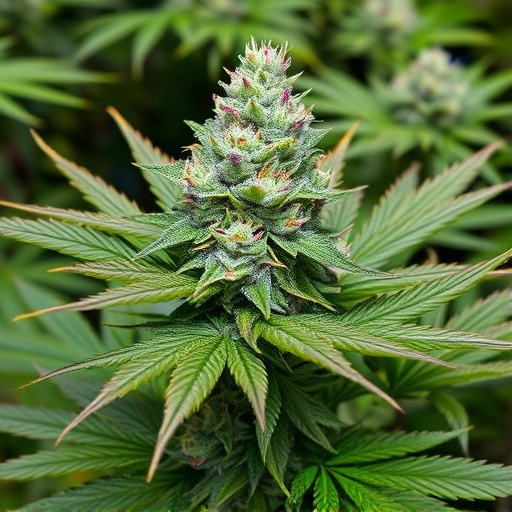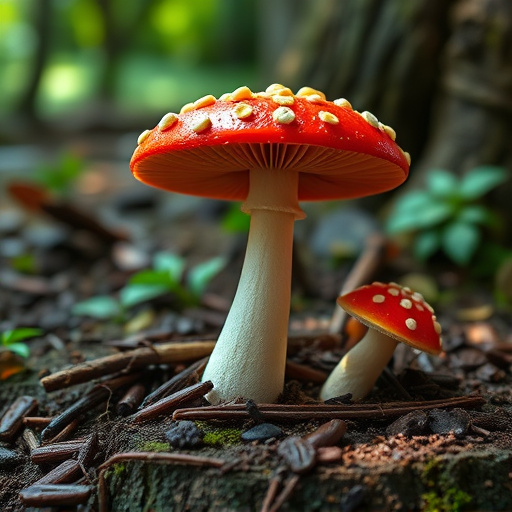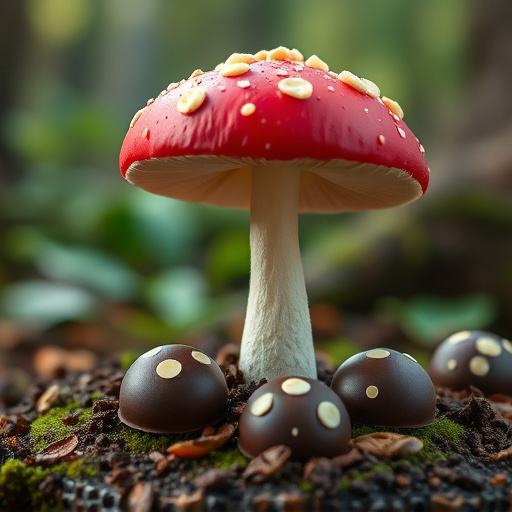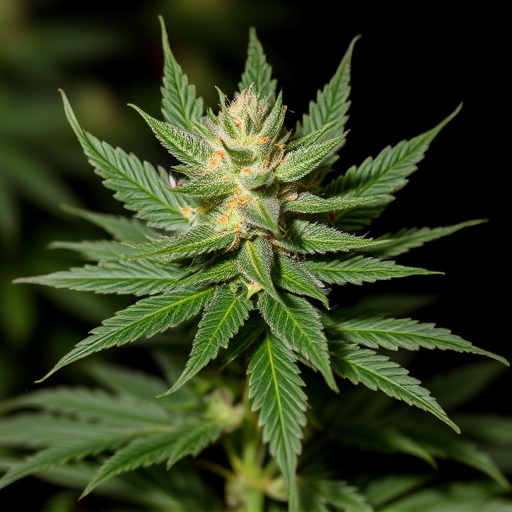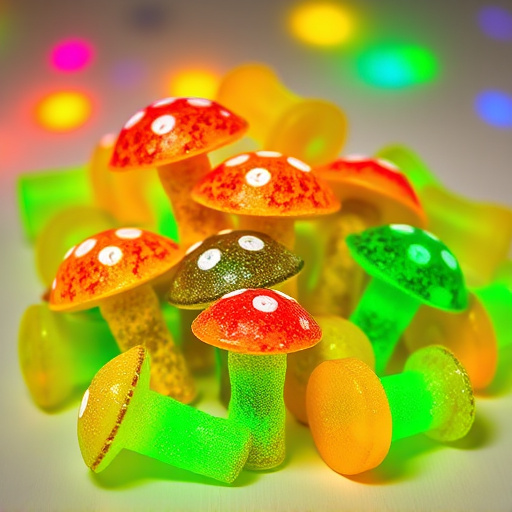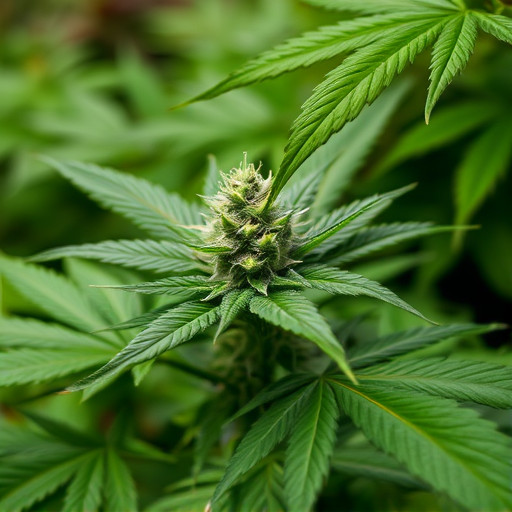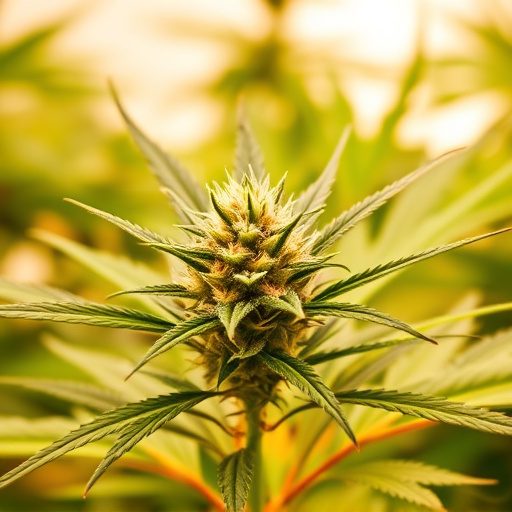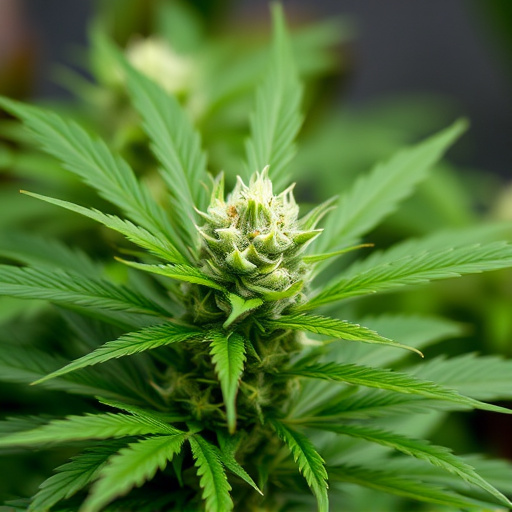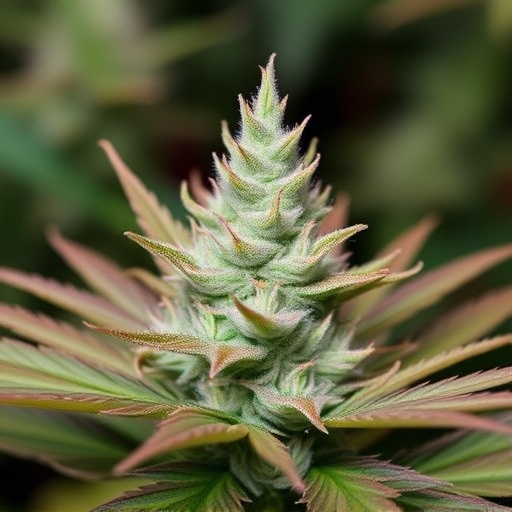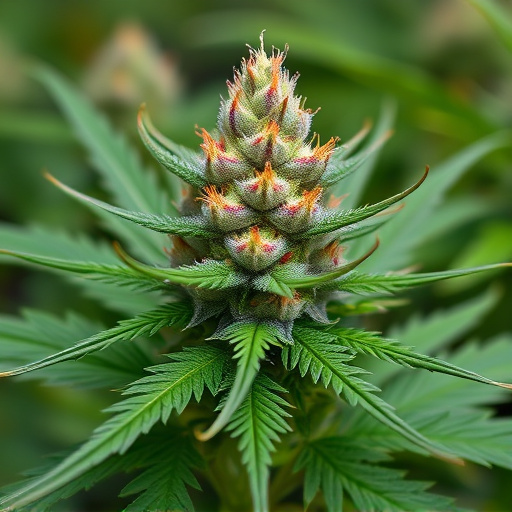Trichomes, tiny hair-like structures on cannabis plants, are key indicators of the best medical cannabis strains' potency. They house essential compounds like THC, terpenes, and flavonoids. Mature trichomes signal higher cannabinoid concentrations, with density and shape impacting resin content and therapeutic benefits. Growers and enthusiasts examine trichome development to ensure optimal harvests of potent strains.
Trichomes, tiny hair-like structures on cannabis plants, are key players in determining the potency and effects of medical marijuana. This intricate network of glandular hairs produces a range of cannabinoids and terpenes, shaping the plant’s unique properties. In this article, we explore why trichomes matter, delving into their role, the impact of density on potency, and providing insights into cultivating high-potency strains through optimal environmental conditions and cultivation techniques. Discover the best medical cannabis strains renowned for their abundant trichome content and learn lab testing methods to verify potency.
- The Role of Trichomes in Cannabis Potency
- – Definition and function of trichomes on cannabis plants
- – How trichome density impacts potency and effects
The Role of Trichomes in Cannabis Potency
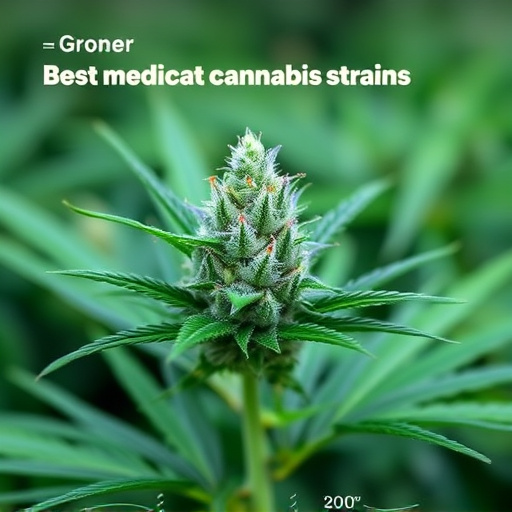
Trichomes, those tiny hair-like structures that cover the surface of cannabis plants, play a significant role in determining the potency of various medical cannabis strains. They are not just an aesthetic feature; instead, they house essential compounds like cannabinoids and terpenes that contribute to the plant’s therapeutic properties. These sticky glands secrete a wide range of chemical compounds, with THC (tetrahydrocannabinol) being the primary psychoactive element responsible for the high associated with marijuana use.
Among the best medical cannabis strains known for their potency, trichomes often stand out as key indicators of quality. The more mature and abundant the trichomes, the higher the potential concentration of these valuable compounds. Growers closely monitor trichome development during the cultivation process to ensure optimal harvests. When trichomes turn milky or amber in color, it signals that the plant has reached its peak maturity, resulting in strains with enhanced potency and medicinal benefits.
– Definition and function of trichomes on cannabis plants
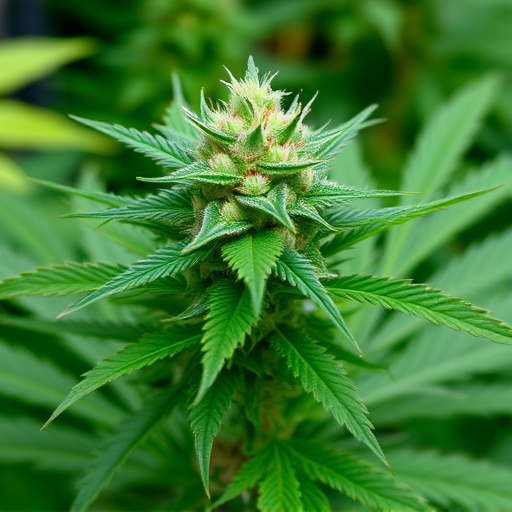
Cannabis plants are covered in tiny, hair-like structures known as trichomes. These microscopic glands play a vital role in the plant’s defense and growth. Trichomes produce a wide range of compounds, including terpenes, flavonoids, and cannabinoids, which give cannabis its unique aroma, flavor, and medicinal properties. In terms of potency, trichomes are key indicators of a best medical cannabis strain’s potential therapeutic benefits.
As they mature, trichomes become more concentrated with these valuable compounds. High-quality, potent strains often have dense, sticky trichome coverage on their flowers. Under a microscope, you can see the intricate structures and resin production that contribute to the plant’s medicinal value. This visual cue is essential for cannabis enthusiasts seeking maximum relief from various ailments, ensuring they select strains with robust trichome development.
– How trichome density impacts potency and effects
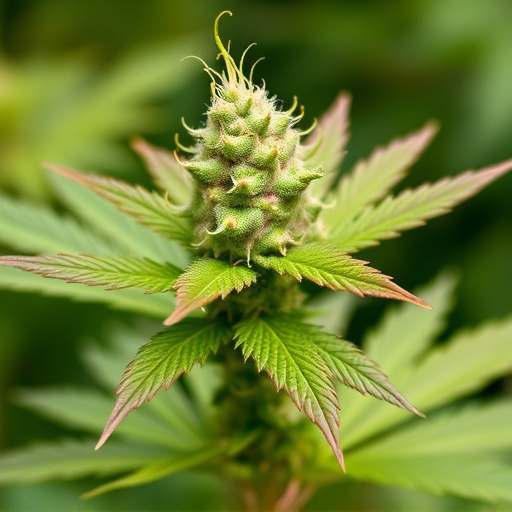
Trichomes, tiny glandular hairs found on the surface of cannabis plants, play a pivotal role in determining the potency and desired effects of different medical cannabis strains. Their density—the number of trichomes per square millimeter—is a key indicator of the plant’s chemical composition. High-density trichomes often signal a more potent product, as they contain elevated levels of cannabinoids like THC (tetrahydrocannabinol), responsible for the plant’s psychoactive effects.
Moreover, the shape and structure of trichomes can also influence their cannabinoid concentration. For instance, bulbous or rounded trichomes tend to hold more resin, carrying higher concentrations of beneficial compounds. As such, when selecting top medical cannabis strains known for their potency, examining trichome density and morphology is essential. This simple visual assessment can provide valuable insights into the potential therapeutic benefits and effects one might expect from a particular strain.
Trichomes play a pivotal role in determining the potency of cannabis, with their dense presence significantly influencing the overall effect of different strains. By understanding the function and density of these tiny structures, cultivators can better select and develop the best medical cannabis strains. This knowledge ensures that patients have access to high-potency options, maximizing therapeutic benefits while meeting individual needs.

